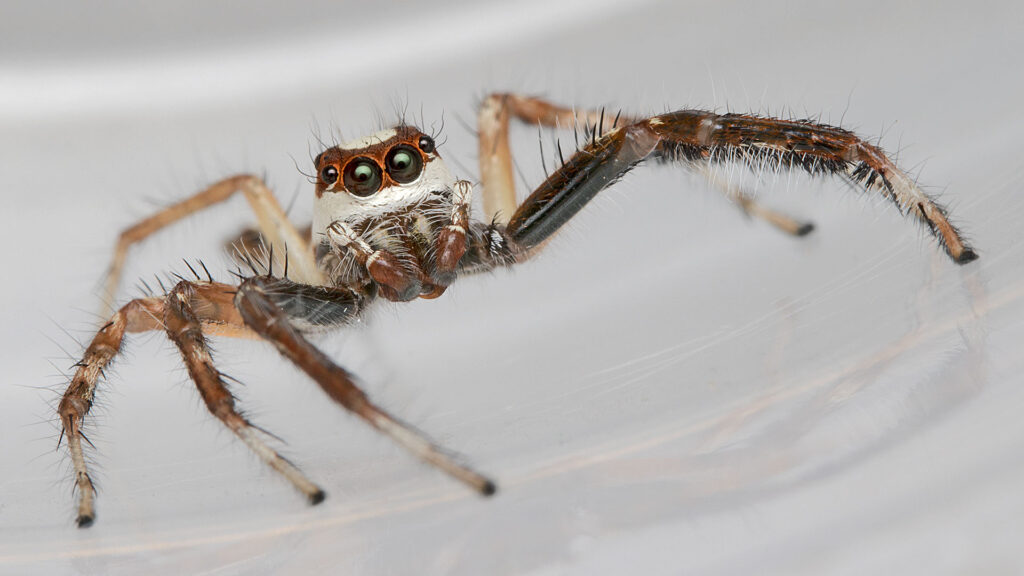When you spot a spider scurrying across your floor, your first instinct might be to grab the nearest shoe or run for cover. But here’s a mind-blowing truth that might completely change how you view these eight-legged creatures: many of the most intimidating-looking spiders in the world are actually completely harmless to humans. These arachnids have evolved to look fierce and threatening, but their bite is literally weaker than a mosquito’s. Some can’t even penetrate human skin with their tiny fangs, while others are so gentle they wouldn’t hurt a fly, despite their monstrous appearance.
The Surprising Truth About Spider Bites
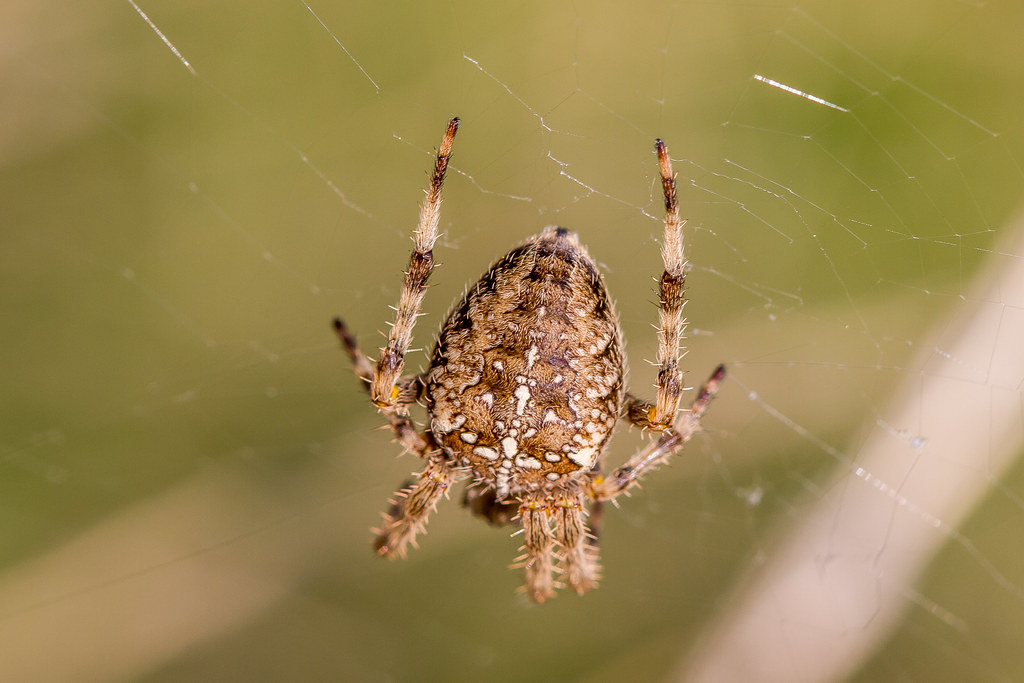
Most people assume that all spiders are dangerous biters, but this couldn’t be further from reality. Out of the roughly 50,000 known spider species worldwide, only about 25 are considered medically significant to humans. The vast majority of spiders you encounter in your daily life are completely harmless, even if they look absolutely terrifying.
Many spiders have fangs that are simply too small or weak to penetrate human skin effectively. Think of it like trying to pierce leather with a toothpick – the mechanics just don’t work. Others have venom that’s specifically designed for tiny insects and has zero effect on mammals like us.
Daddy Long-Legs: The Gentle Giants
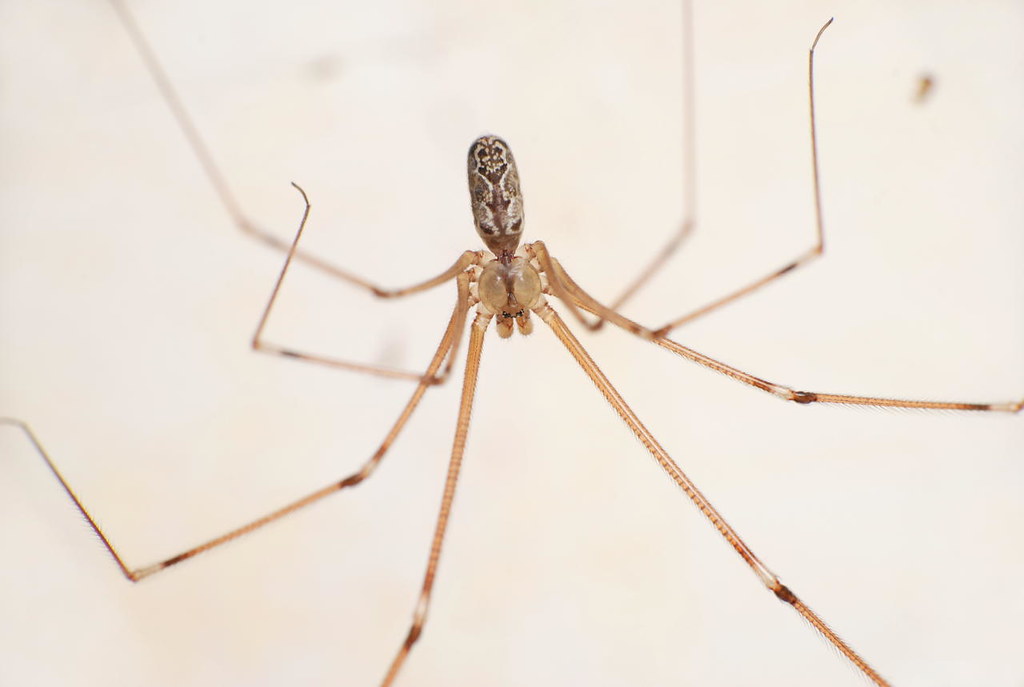
Perhaps the most famous example of a harmless spider is the daddy long-legs, also known as cellar spiders. These creatures have incredibly long, thin legs that make them appear massive and menacing when they’re spotted in dark corners. Urban legends have persisted for decades claiming they’re the most venomous spiders in the world but can’t bite humans due to their small fangs.
The reality is even more fascinating. Daddy long-legs do have tiny fangs, but their venom is incredibly weak and poses no threat to humans whatsoever. When researchers have managed to get these spiders to bite human volunteers, the result was nothing more than a mild burning sensation that lasted a few seconds.
These spiders are actually beneficial household companions, feeding on other insects and even other spiders that might actually cause problems. Their web-building skills are mediocre at best, but they make up for it with their gentle nature and pest control abilities.
Huntsman Spiders: All Show, No Bite
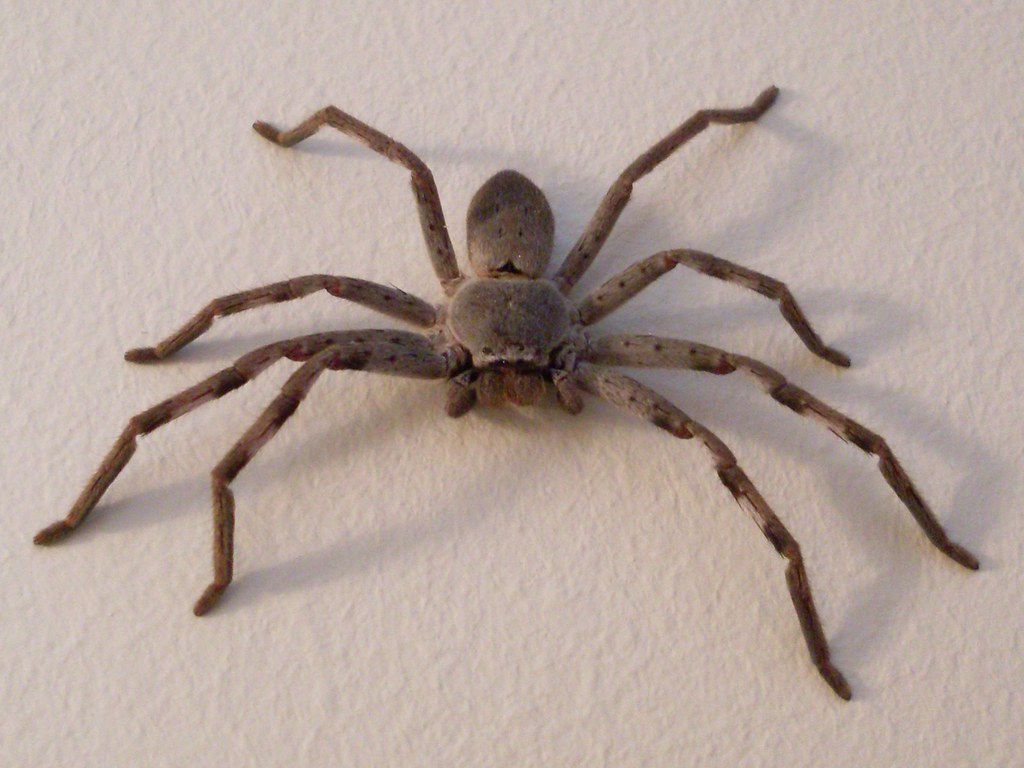
Huntsman spiders are the stuff of nightmares for many people due to their impressive size and lightning-fast movements. These hairy giants can have leg spans reaching up to five inches, and they’re notorious for appearing suddenly on walls or ceilings. Their size alone is enough to send most people into panic mode.
Despite their intimidating appearance, huntsman spiders are remarkably docile creatures. They rarely bite humans, and when they do, the bite is typically less painful than a bee sting. Their fangs are designed for catching insects, not defending against massive predators like humans.
What makes huntsman spiders particularly interesting is their behavior when confronted. Instead of attacking, they usually prefer to flee at incredible speeds, which ironically makes them seem even more frightening to observers. They’re essentially the gentle giants of the spider world, more interested in hunting cockroaches than bothering humans.
Wolf Spiders: Fierce Appearance, Mild Temperament
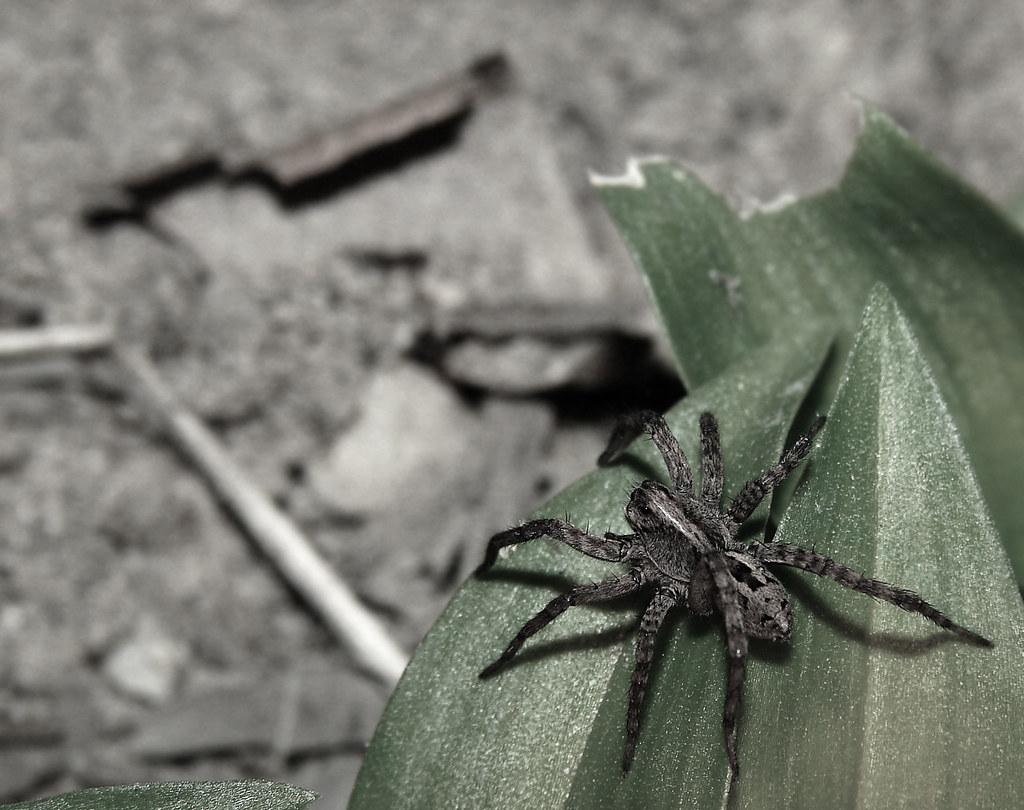
Wolf spiders look like they mean business with their robust bodies, prominent eyes, and aggressive hunting style. These ground-dwelling spiders don’t build webs but instead actively hunt their prey, which gives them a more predatory appearance than many other species. Their dark coloration and quick movements often startle people who encounter them.
However, wolf spiders are reluctant biters and prefer to use their speed to escape rather than fight. When they do bite, which is extremely rare, the venom typically causes only minor localized swelling and pain that resolves quickly. Most people describe wolf spider bites as similar to a mild bee sting.
These spiders are actually excellent mothers, with females carrying their egg sacs attached to their spinnerets and later allowing hundreds of tiny spiderlings to ride on their backs. This maternal behavior demonstrates their nurturing side, which contradicts their fierce appearance.
Fishing Spiders: Water Warriors With Weak Weapons
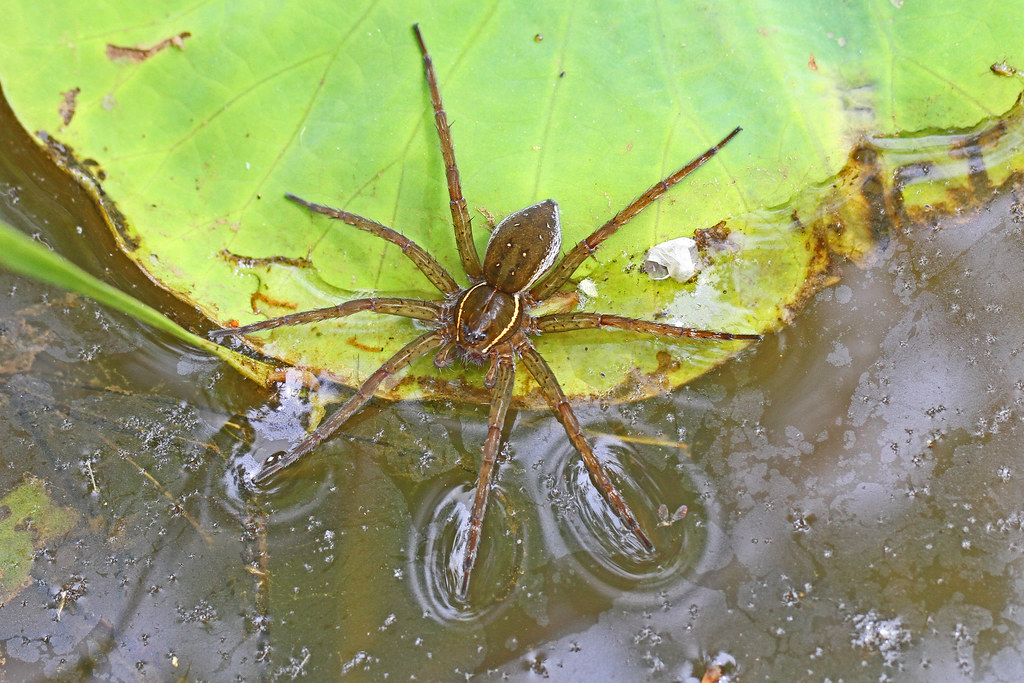
Fishing spiders are among the most impressive-looking arachnids you might encounter near water sources. These semi-aquatic hunters can actually walk on water and dive beneath the surface to catch small fish and aquatic insects. Their large size and unique hunting abilities make them seem like formidable predators.
Despite their aquatic prowess and intimidating size, fishing spiders are surprisingly gentle with humans. Their bites are extremely rare and cause minimal discomfort when they do occur. The venom is designed for subduing small aquatic prey, not for defense against large mammals.
What’s particularly fascinating about fishing spiders is their ability to create air bubbles underwater, allowing them to breathe while hunting. This remarkable adaptation showcases their evolutionary sophistication, yet they remain completely harmless to humans who might encounter them during lakeside activities.
Orb Weavers: Master Architects, Terrible Fighters
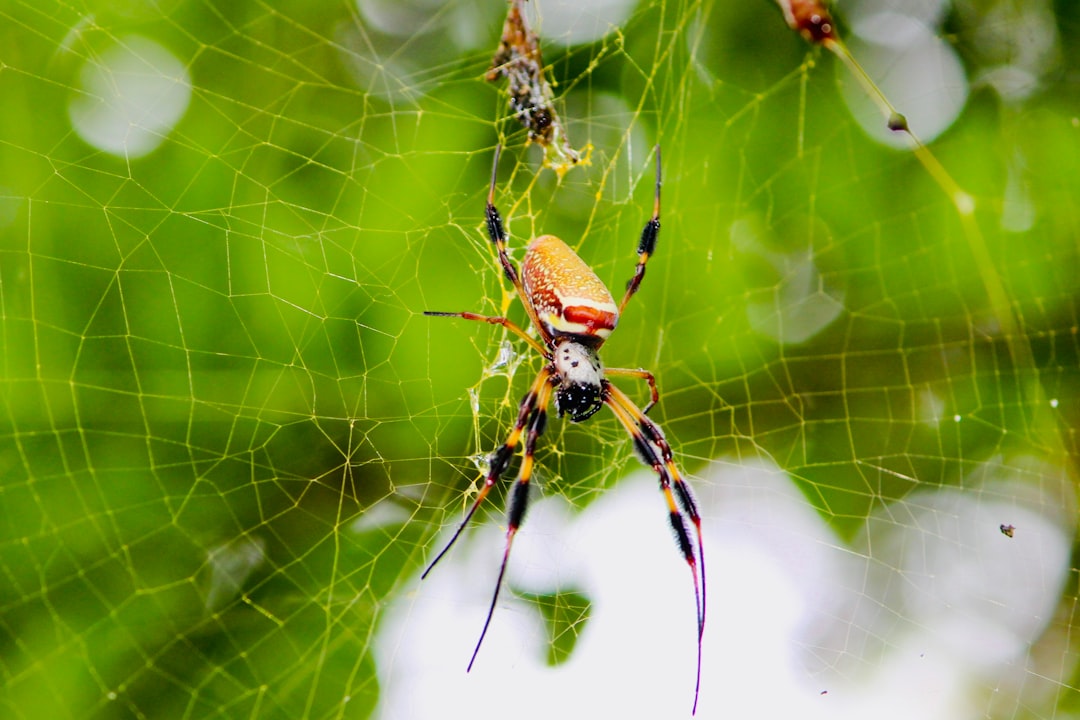
Orb weaver spiders create some of the most beautiful and intricate webs in nature, often spanning several feet and featuring perfect geometric patterns. These architectural marvels can make the spiders appear more threatening than they actually are, especially when backlit by morning sunlight. Their round abdomens and prominent positioning in their webs can be quite startling.
The truth about orb weavers is that they’re focused entirely on web construction and maintenance, not aggression. Their fangs are small and designed for dispatching trapped insects, not for defensive purposes. Most orb weavers would rather drop from their webs and flee than attempt to bite an approaching human.
Even the larger orb weaver species produce bites that are medically insignificant. The pain is typically described as less intense than a pinprick, and any swelling usually subsides within hours. These spiders are far more interested in perfecting their webs than engaging in any form of combat.
Grass Spiders: Fast But Harmless
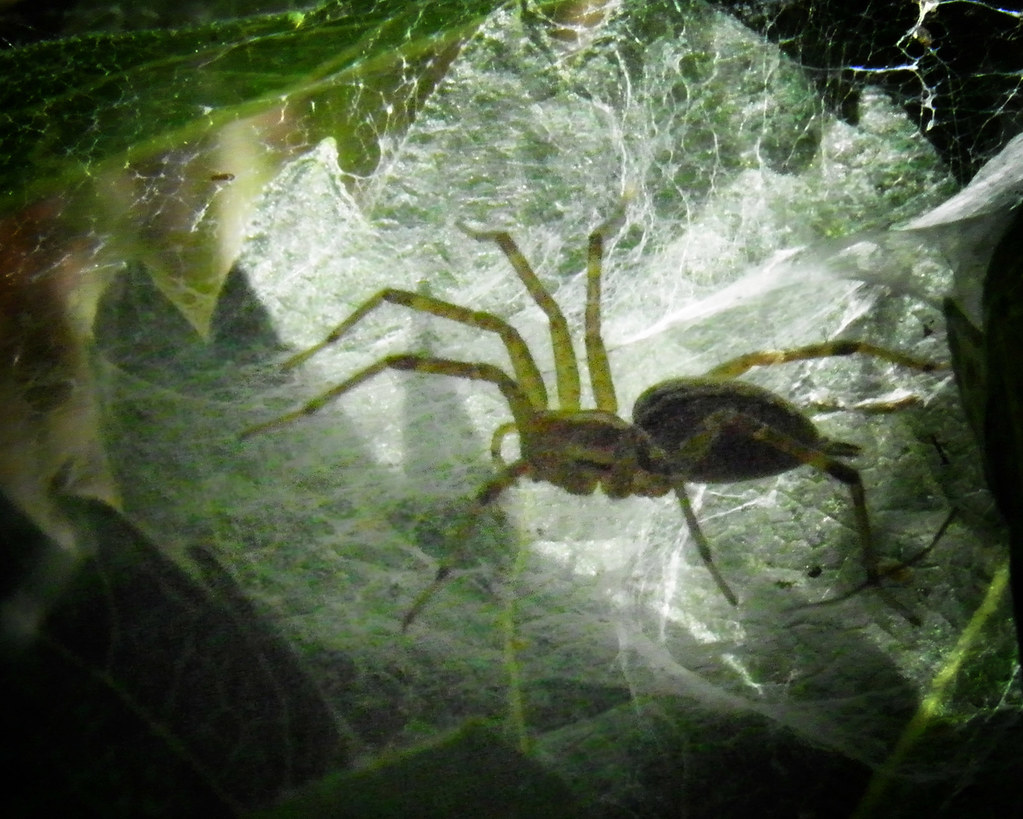
Grass spiders create funnel-shaped webs in lawns and gardens, and their quick movements when disturbed can be quite alarming. These brown spiders often dart out of their funnel webs with surprising speed, which can startle homeowners working in their yards. Their webs are also quite large and noticeable, making encounters more likely.
Despite their startling behavior, grass spiders are completely harmless to humans. Their bite, while theoretically possible, is so mild that most people don’t even realize they’ve been bitten. The fangs are tiny and the venom is designed specifically for small insects.
Grass spiders are actually beneficial garden inhabitants, helping to control populations of flies, mosquitoes, and other pest insects. Their funnel webs are engineering marvels that demonstrate remarkable efficiency in prey capture, yet these impressive hunters pose no threat to humans whatsoever.
Cellar Spiders: Basement Dwellers With No Bite
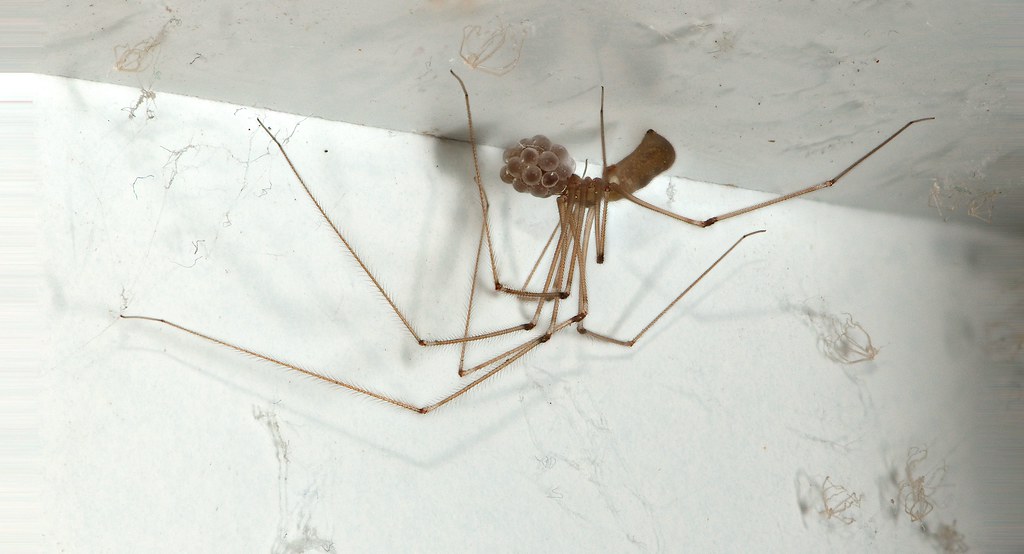
Cellar spiders are common household inhabitants that prefer dark, humid environments like basements, crawl spaces, and storage areas. Their long, thin legs and tendency to hang upside down in messy webs can create an eerie atmosphere in these already spooky locations. When disturbed, they often vibrate rapidly in their webs, which can be quite unsettling.
These spiders are so harmless that they’re often called “vibrating spiders” because their primary defense mechanism is to shake their webs vigorously when threatened. Their fangs are microscopic and their venom is weaker than that of many insects. Even if they could bite effectively, which they can’t, the result would be completely harmless.
Cellar spiders are actually excellent pest controllers, feeding on other spiders and insects that might cause real problems in homes. Their presence often indicates a healthy basement ecosystem, and they should be welcomed rather than feared.
Nursery Web Spiders: Protective Mothers, Gentle Biters
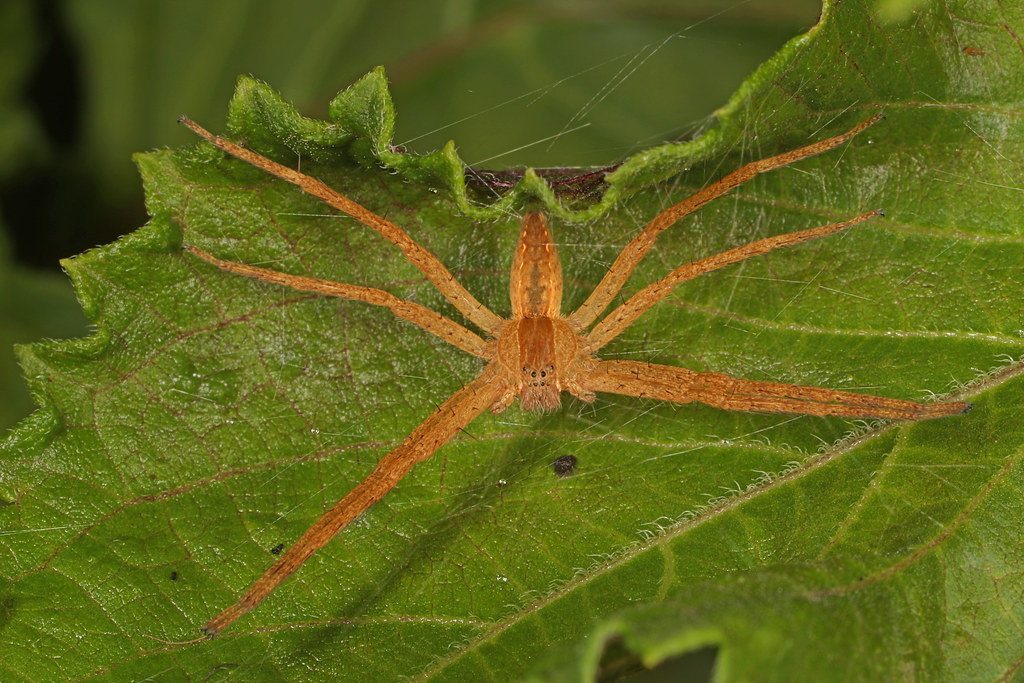
Nursery web spiders are impressive hunters that carry their egg sacs in their jaws until it’s time to build a protective nursery web for their offspring. This maternal behavior, combined with their relatively large size, can make them appear quite formidable. Their protective instincts might seem to suggest aggressive tendencies.
However, nursery web spiders are remarkably gentle creatures that rarely bite humans even when directly handled. Their defensive strategy involves playing dead rather than attacking, which is hardly the behavior of a dangerous predator. When bites do occur, they’re typically painless and cause no lasting effects.
These spiders are most commonly encountered in gardens and tall grass, where they hunt during the day for insects and other small prey. Their hunting success and protective parenting demonstrate their effectiveness as predators, yet they remain completely harmless to humans.
Crab Spiders: Colorful Ambushers With Tiny Fangs
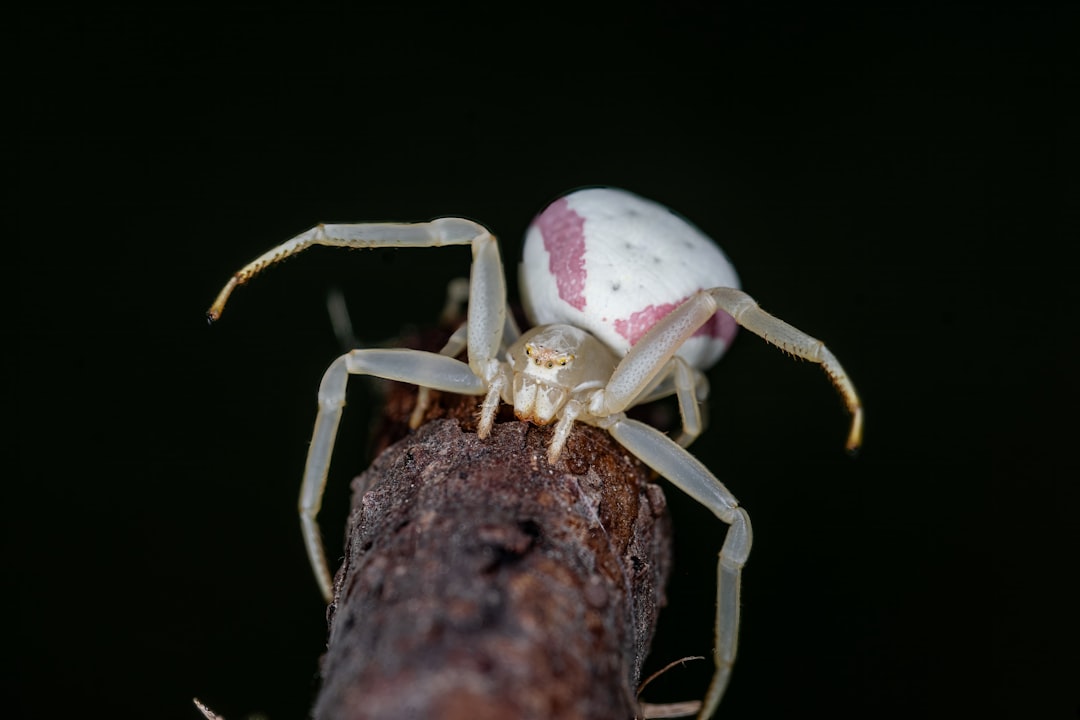
Crab spiders are masters of camouflage, often matching the color of flowers where they wait to ambush unsuspecting pollinators. Their crab-like appearance and ability to move sideways can be quite startling, especially when they’re discovered lurking in garden flowers. Some species can even change colors to match their surroundings better.
Despite their predatory lifestyle and sometimes vibrant colors, crab spiders have fangs that are far too small to be effective against human skin. Their venom is perfectly designed for subduing bees and flies but has no effect on mammals. These spiders are so small that most people could handle them without any risk of being bitten.
Crab spiders play a crucial role in garden ecosystems by controlling populations of various insects, including some that are considered pests. Their presence in flowers actually benefits gardeners by reducing the number of insects that might damage plants.
Jumping Spiders: Acrobatic Performers, Not Biters
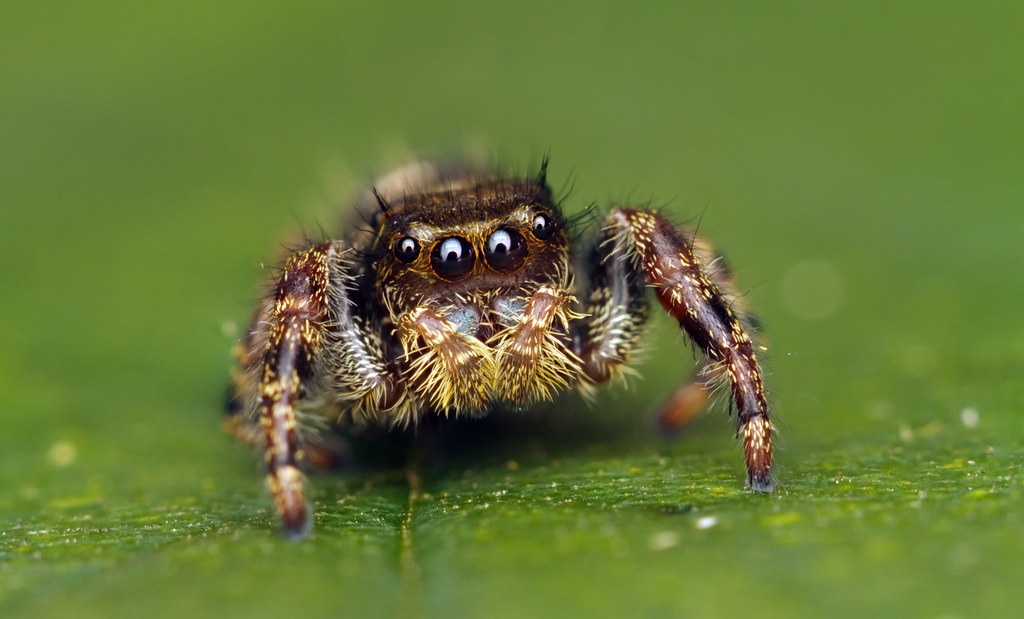
Jumping spiders are perhaps the most charismatic of all spider species, with their large eyes, curious behavior, and impressive jumping abilities. These tiny acrobats can leap distances many times their body length and often seem to study humans with their prominent forward-facing eyes. Their active hunting style and apparent intelligence can make them seem more threatening than typical web-building spiders.
What makes jumping spiders particularly endearing is their apparent curiosity about humans. They’ll often approach and seem to observe people, turning their bodies to maintain eye contact. This behavior might seem predatory but is actually just natural curiosity. Their fangs are microscopic and their venom is designed for tiny prey.
Jumping spiders are so harmless that they’re often kept as pets by spider enthusiasts. They can be handled safely and show remarkable intelligence for such small creatures. Their hunting prowess is impressive when directed at flies and gnats, but they pose absolutely no threat to humans.
Sac Spiders: Night Hunters With Weak Weapons
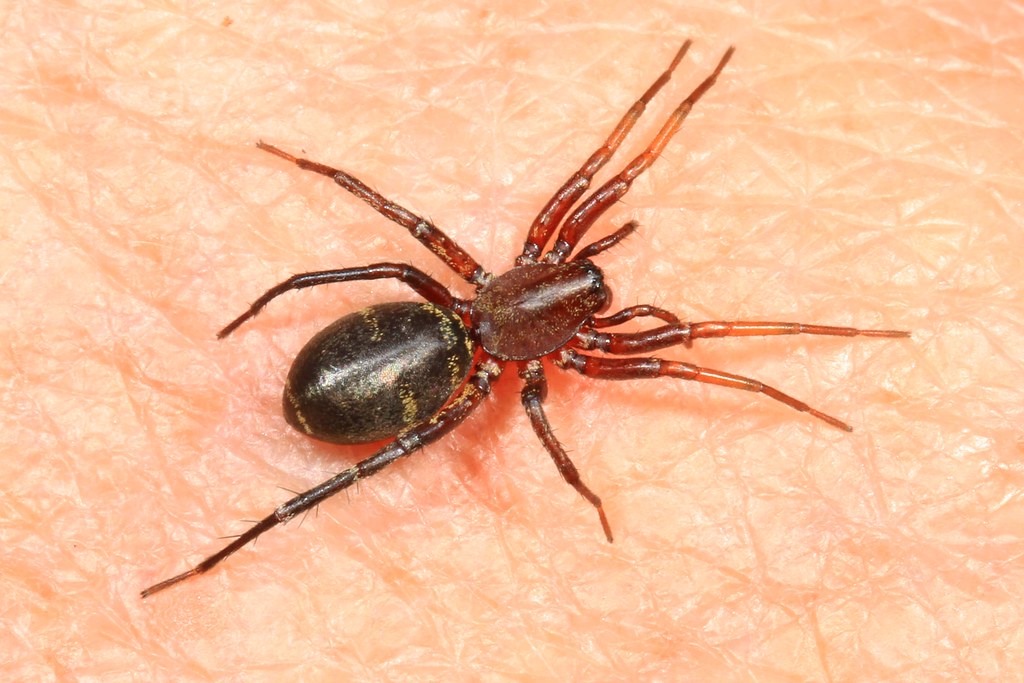
Sac spiders are nocturnal hunters that create small silken retreats during the day, often in the corners of rooms or under furniture. Their pale coloration and tendency to wander at night can make encounters surprising and unsettling. These spiders are active hunters that don’t build capture webs, giving them a more aggressive appearance.
While sac spiders are more likely to bite than many other harmless species, their bites are still medically insignificant. The venom causes only minor local irritation that resolves quickly without treatment. Most people describe sac spider bites as less painful than mosquito bites.
These spiders are actually beneficial household inhabitants, hunting various insects and other spiders that might cause problems. Their nocturnal activities help control pest populations while homeowners sleep, making them valuable but largely unseen allies.
Running Spiders: Speed Demons With Gentle Souls
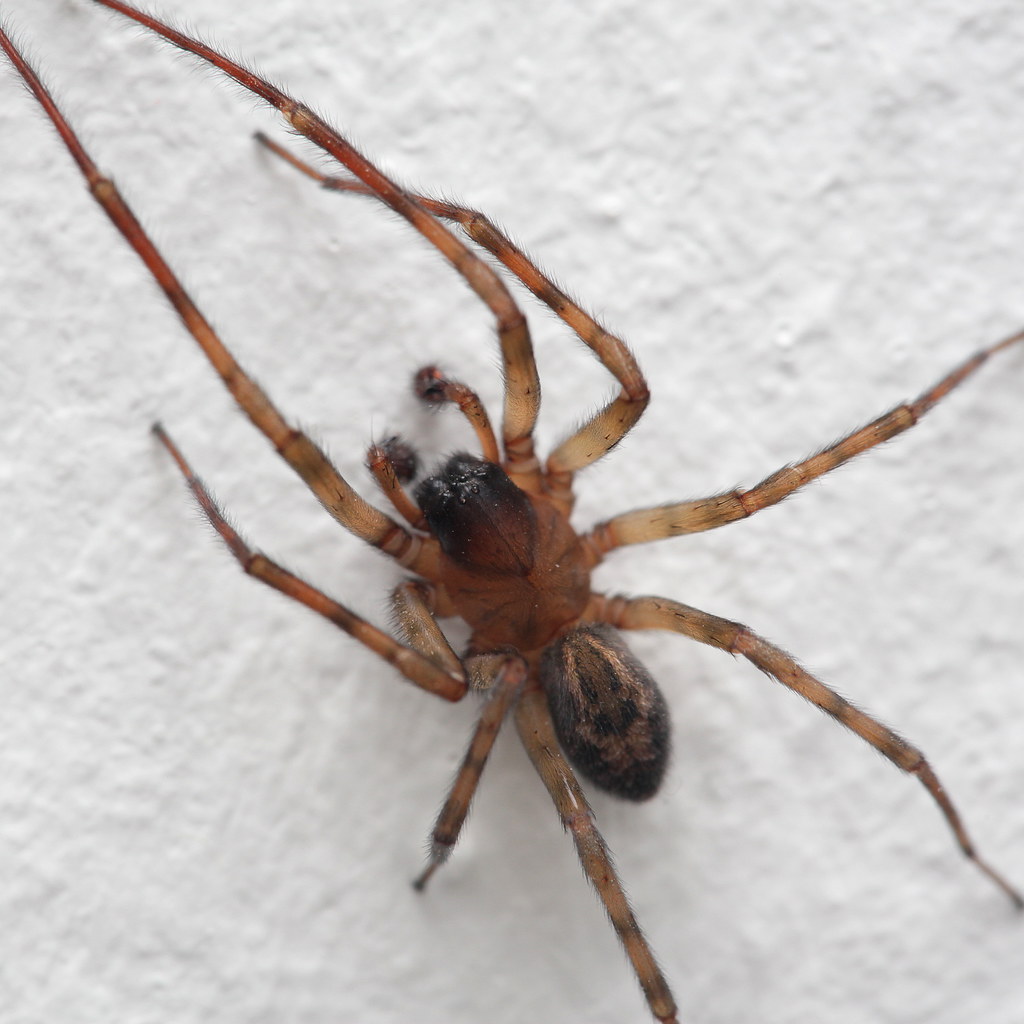
Running spiders are fast-moving hunters that can cover impressive distances quickly when pursuing prey or escaping threats. Their speed and agility can be quite startling, especially when they dart across open areas or up walls. These spiders don’t build webs but instead rely on their impressive athletic abilities to catch food.
Despite their predatory prowess and intimidating speed, running spiders are gentle creatures that rarely bite humans. Their fangs are small and their venom is designed for subduing insects, not for defense against large mammals. Most encounters with running spiders end with the spider fleeing at high speed rather than standing its ground.
These spiders are excellent natural pest controllers, actively hunting flies, mosquitoes, and other annoying insects. Their presence in homes and gardens indicates a healthy ecosystem where natural predator-prey relationships help maintain balance without human intervention.
Ground Spiders: Earth-Dwelling Guardians
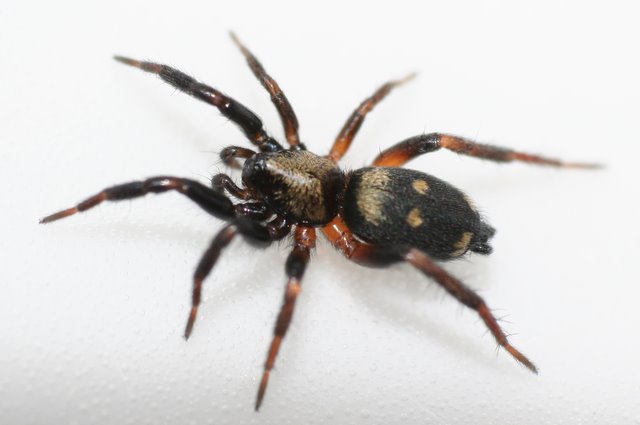
Ground spiders are often overlooked because they spend most of their time hidden under rocks, logs, or leaf litter. When they do emerge, their dark coloration and quick movements can be startling to people working in gardens or moving outdoor objects. These spiders are perfectly adapted for life on the ground, with strong legs for running and excellent camouflage.
What makes ground spiders particularly interesting is their role as environmental indicators. Their presence suggests healthy soil ecosystems with adequate moisture and organic matter. Despite their sometimes intimidating appearance when suddenly exposed, these spiders are completely harmless to humans and prefer to flee rather than fight.
Ground spiders contribute significantly to pest control by hunting various insects that live in soil and leaf litter. Their bites, while theoretically possible, are so mild that they rarely cause any noticeable effects. These spiders are essentially tiny environmental guardians that help maintain healthy outdoor spaces.
Conclusion
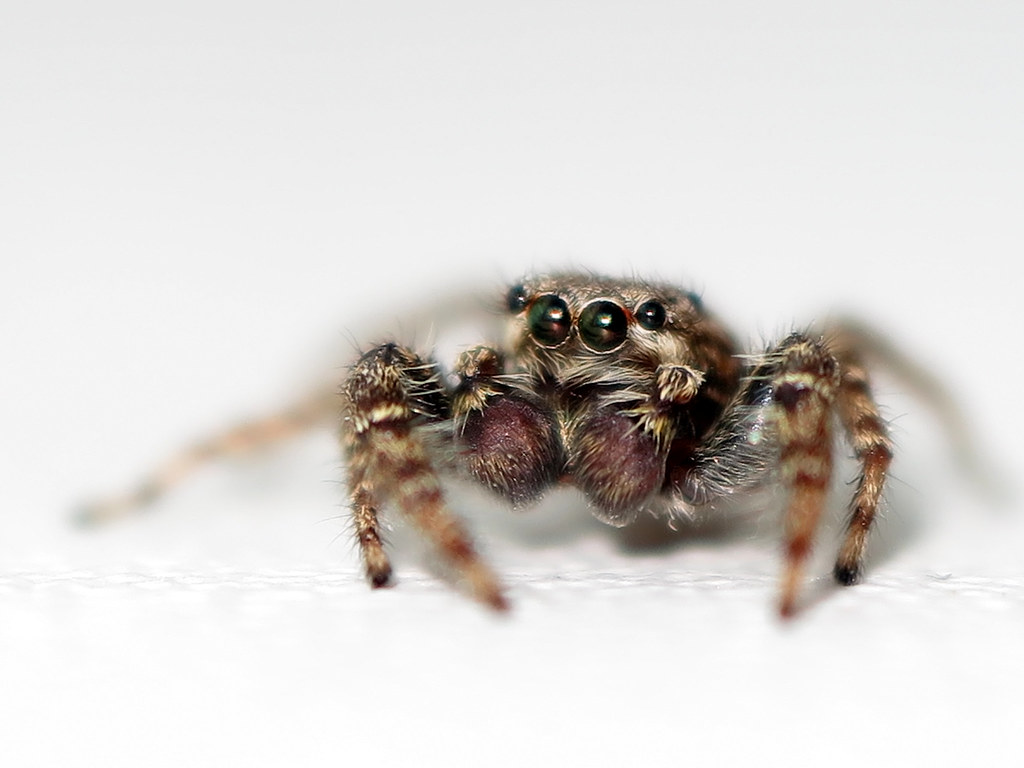
The world of spiders is far more fascinating and less threatening than most people realize. These remarkable creatures have evolved incredible diversity in appearance, behavior, and hunting strategies, yet the vast majority pose no danger whatsoever to humans. From the gentle giants like huntsman spiders to the tiny acrobats like jumping spiders, each species has developed unique adaptations that make them perfectly suited for their ecological roles.
Understanding the truth about spider bites can help us appreciate these creatures rather than fear them. Most spiders you encounter are working tirelessly to control pest populations, maintain ecosystem balance, and demonstrate some of nature’s most impressive engineering and hunting skills. Their intimidating appearances are often evolutionary adaptations for survival in their natural environments, not weapons designed to threaten humans.
The next time you encounter a spider that looks absolutely terrifying, remember that appearances can be deceiving. These eight-legged marvels are far more likely to flee than fight, and their contributions to our world far outweigh any imagined threats. Perhaps it’s time we started appreciating spiders for what they truly are: remarkable, harmless, and beneficial creatures that share our world. What would happen if we all took a moment to observe rather than immediately reach for that shoe?

